Mini-LED Pricing – Samsung
The biggest increase was $1,000 (18.2%) for the 85” top-of-the-line 8K Mini-LED/QD set (900A), while the largest percentage increase was 33.3% for a 43” QD only model, which rose from $450 to $600. In fact every 4K QD only model in Samsung’s lowest price tier for that category (60A) saw price increases, ranging from 4.5% to the aforementioned 33.3% increase. Across all Samsung’s Mini-LED/QD and QD only TVs the average increase was 5.9%, leaving the entire line still down 18.7% from the original release prices.
Looking at the line on a price/m2 basis, the price has declined from $1.37/m2 to $1.00/m2 currently across the entire line, but each segment has seen its own changes from day one pricing on a $/m2 basis and on an absolute basis, as seen below. We note that the 90A (Tier 3) was affected by the inclusion of a 98” model which was originally priced at $15,000 and remains at that price, which would account for the smaller rate of price decline, both on a $.m2 and an absolute basis seen in that tier.
All in, on a general basis, prices have been inching up since the low point in November for most models. Given the tighter margins on tier 5 – 7 models, we expect them to more closely reflect the increased cost of materials and components, offset by declining panel prices. Sets being sold today are likely to have been produced ~45 days ago, so they still reflect older inventory, so the question remains whether TV set manufacturers will bring down prices to reflect declining LCD panel prices or will they try to capture the cost difference now that 2021 unit volumes are set. We expect the latter.



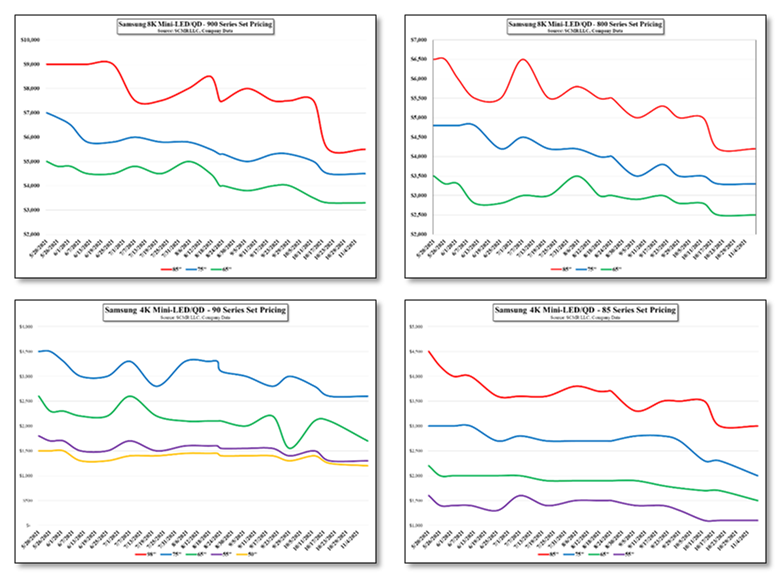
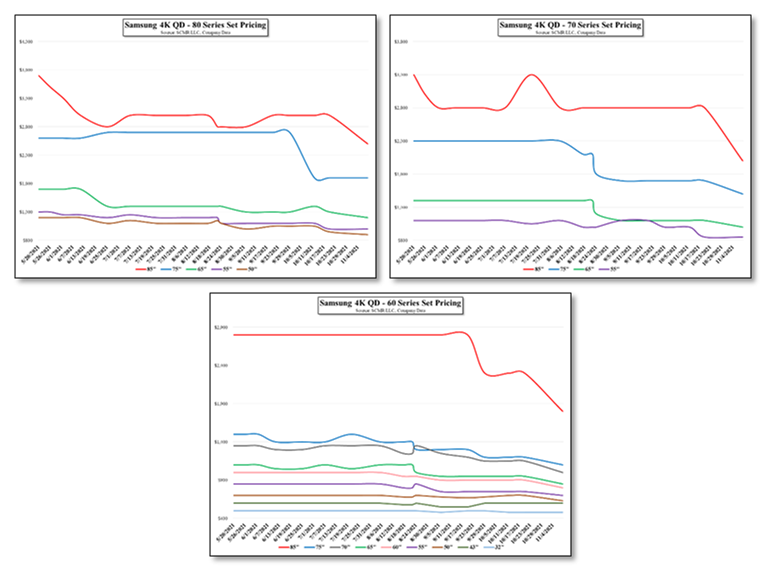




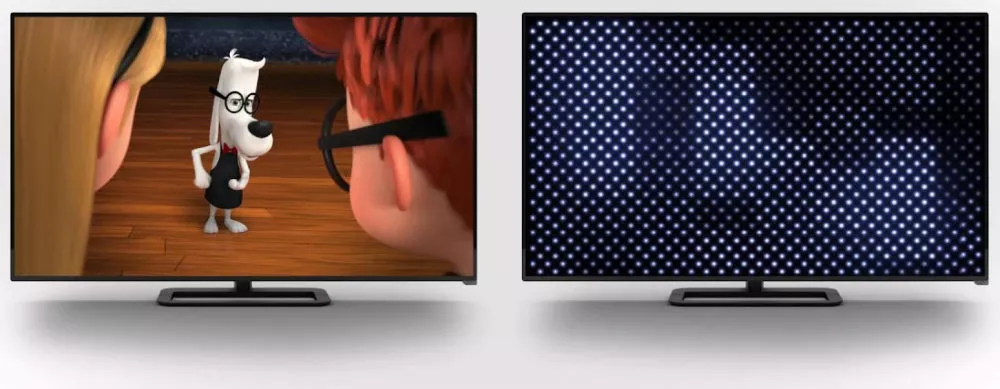
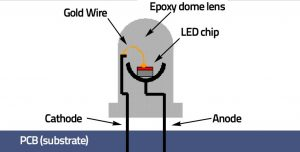

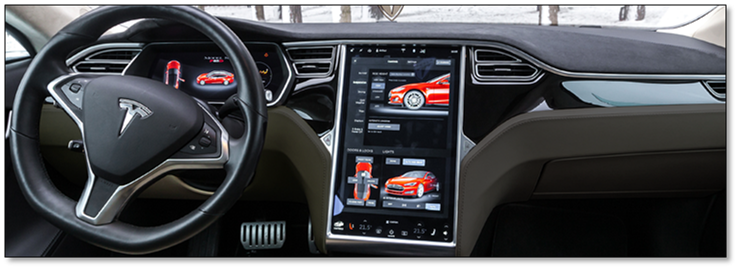
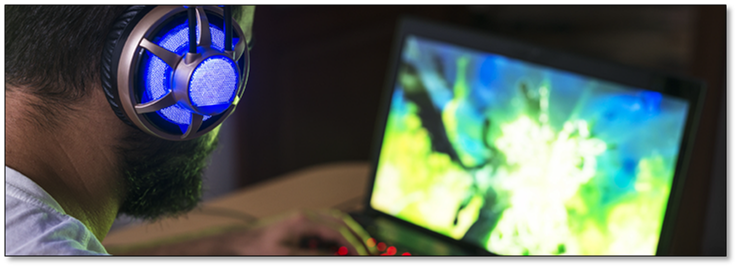


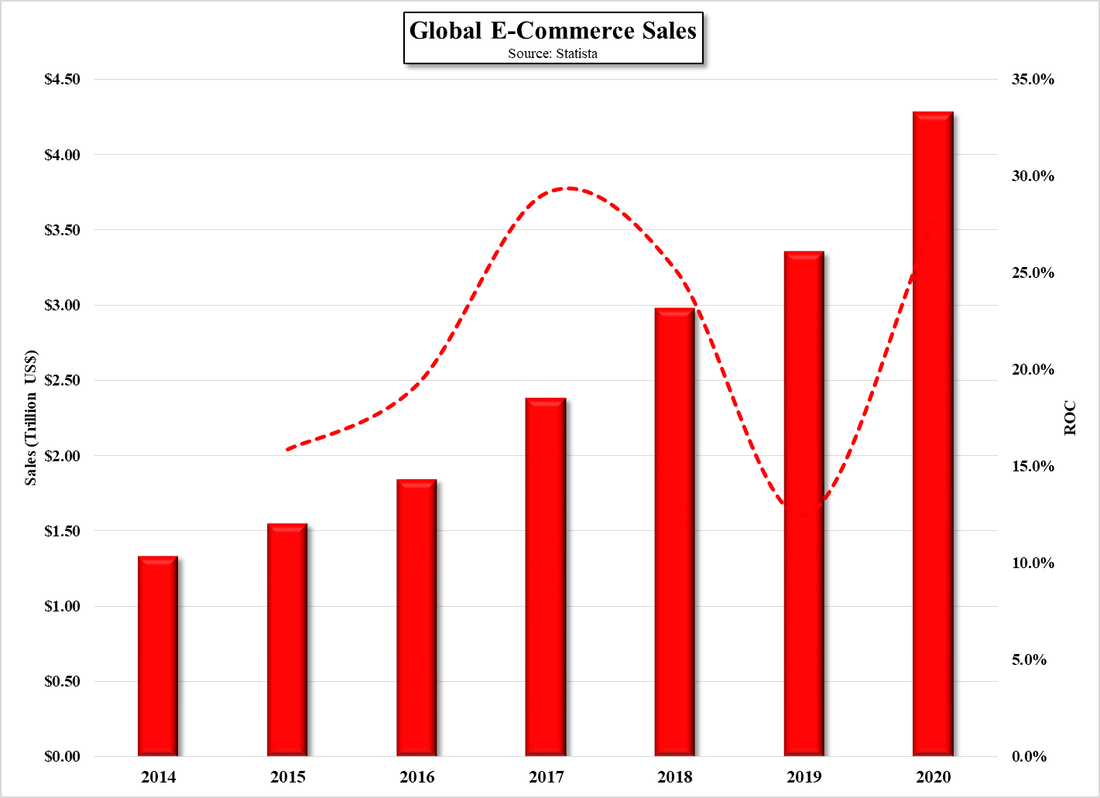
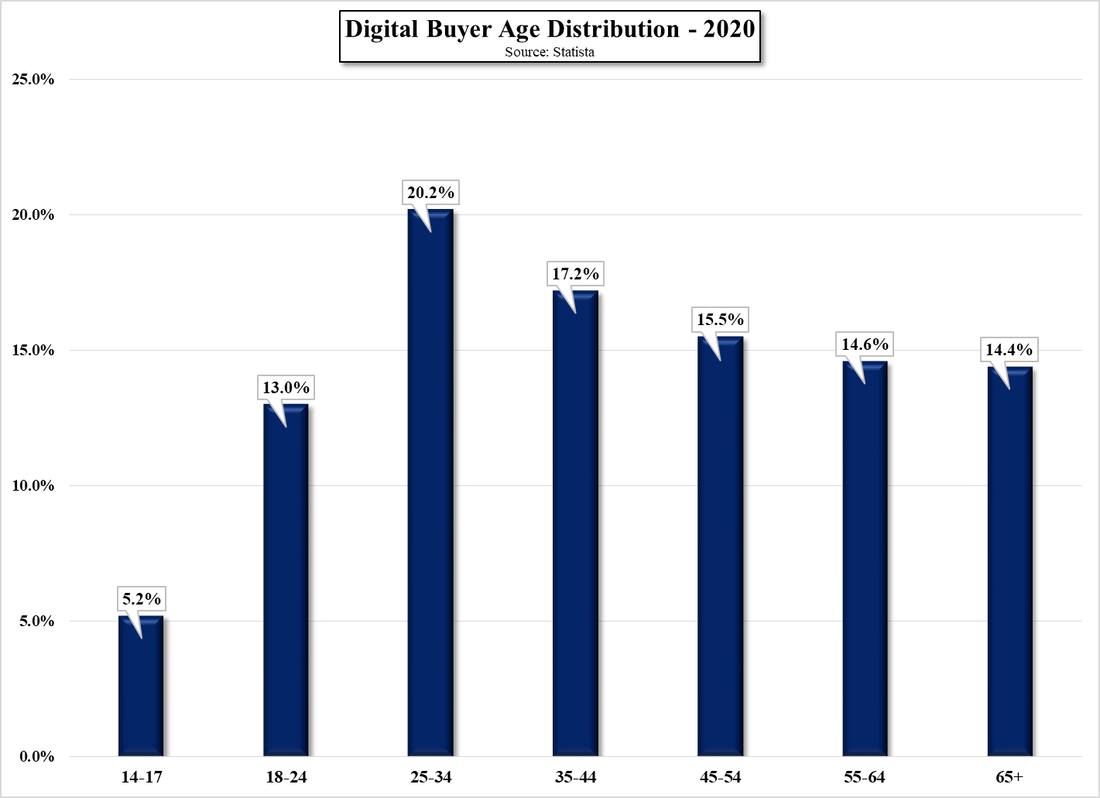






 RSS Feed
RSS Feed